Tags
ADHD adolescence attention book review boundary conditions classroom advice conference speakers constructivism/direct instruction creativity desirable difficulty development dual coding education elementary school embodied cognition emotion evolution executive function exercise experts and novices gender high school homework intelligence long-term memory math methodology middle school mindfulness Mindset motivation neuromyths neuroscience online learning parents psychology reading retrieval practice self-control skepticism sleep STEM stress technology working memoryRecent Comments
- Understanding Test Anxiety on Test Anxiety: How and When Does It Harm Students?
- A Skeptic Converted? The Benefits of Narrative |Education & Teacher Conferences on Help Me Understand: Narrative Is Better than Exposition
- Debate #4- Cell phones be banned from the classroom. | Aradhana's blog – ECI830 on Cell Phones in the Classroom: Expected (and Unexpected) Effects
- The Rare Slam Dunk? Blue Light Before Bed |Education & Teacher Conferences on “Writing By Hand Fosters Neural Connections…”
- Andrew Watson on “You Can Find Research that Proves Anything”
ABOUT THE BLOG
Tag Archives: exercise

Walking Promotes Creativity? A Skeptic Weighs In…
When teachers try to use psychology research in the classroom, we benefit from a balance…
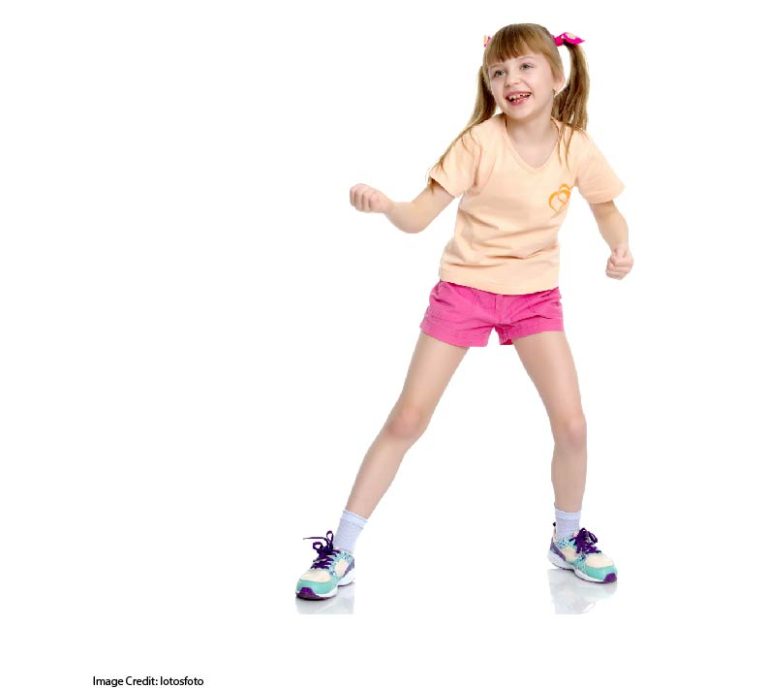
What’s Better than Attention? Attention + LEARNING!
We know that exercise breaks help young students pay attention. Do those breaks help older students pay attention, AND LEARN? Continue reading
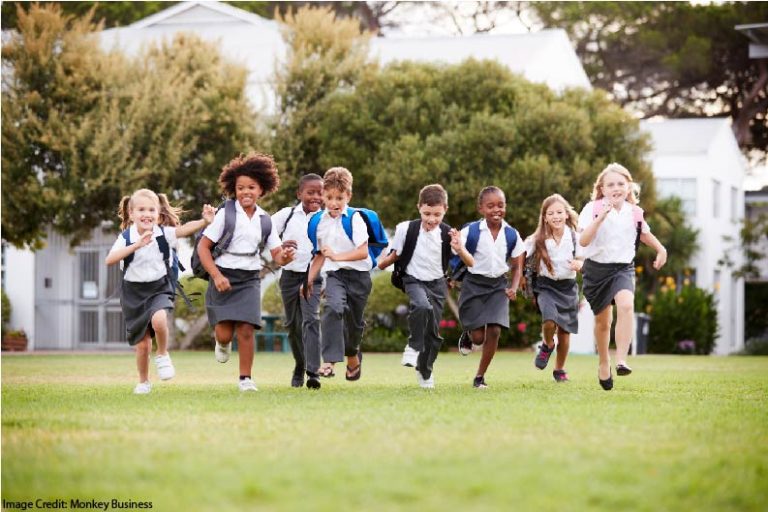
What’s Better Than Caffeine (And Doesn’t Require Electrodes)?
Is there an easy way to help students use their working memory more effectively? Do we have to zap their brains with electricity to accomplish this goal? Continue reading
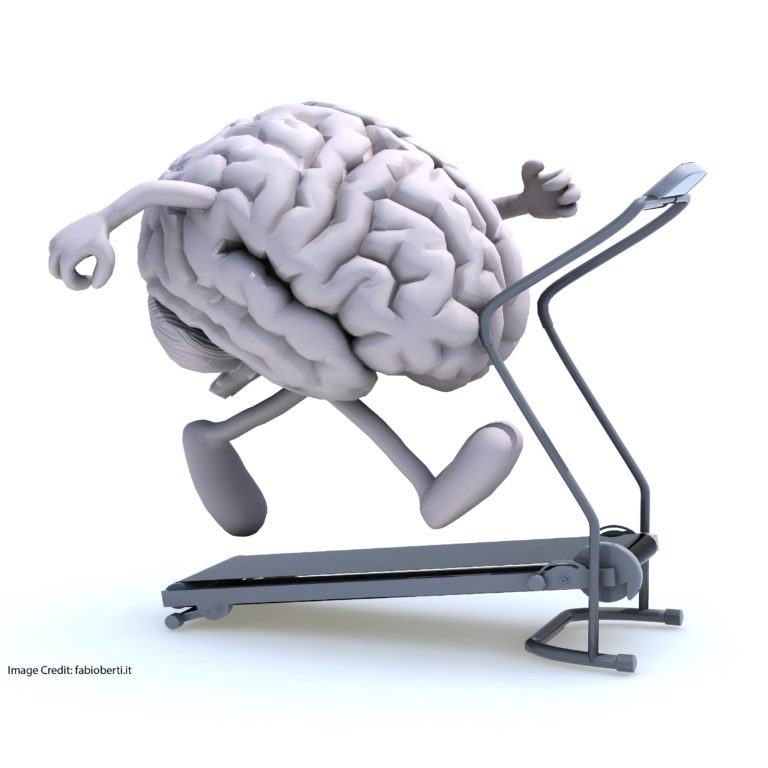
“The” Effect of “Exercise” on “the Brain”
A month ago, I wrote about a Twitter feud focusing on exercise during learning. When…

Should Students Exercise DURING Learning? A Twitter Debate Rages…
Does exercise DURING learning help students? Twitter knows the answer to the question quite confidently. Research on the topic, however, invites us to be both cautious and optimistic. Continue reading
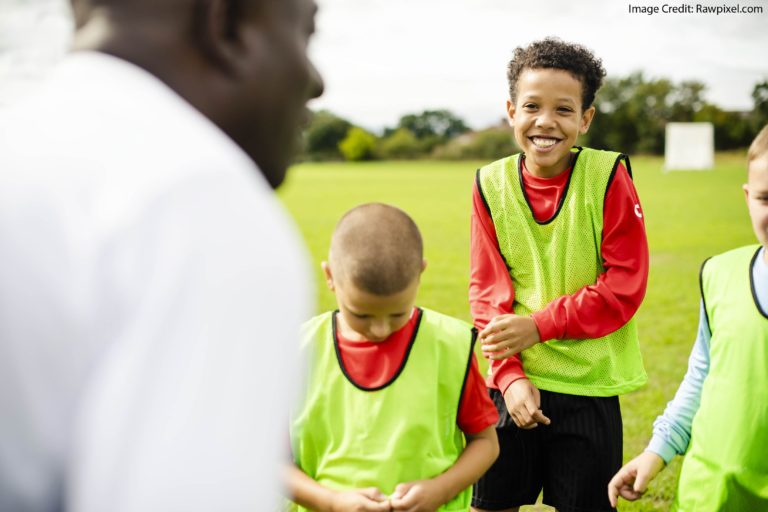
Praising Researchers, Despite Our Disagreements
This blog often critiques the hype around “brain training.” Whether Lumosity or Tom Brady‘s “brain…

Healthy Snacks After Exercise? Depends on the Timing…
We’re likelier to make good snack choices before we exercise than after. This research finding gives us practical advice, and supports a well-known (but recently controversial) theory of self-control. Continue reading
Can Quick Exercise Breaks Energize Young Students?
According to recent research, quick exercise breaks don’t distract younger students and do improve their mood. Continue reading
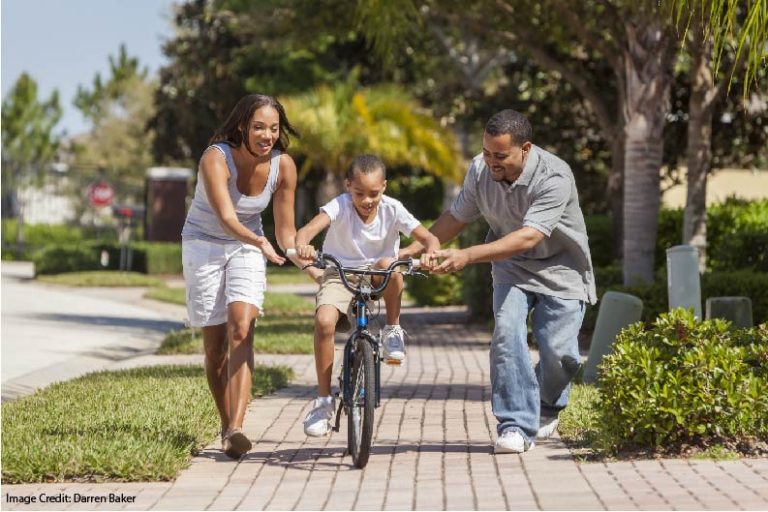
Can a Quick Bicycle Ride Help You Learn Better?
Can exercise improve memory? That fascinating question has inspired a lot of research. The answer…

Exercise and Learning
Does even a short bout of exercise immediately after learning help form long-term memories? A…
